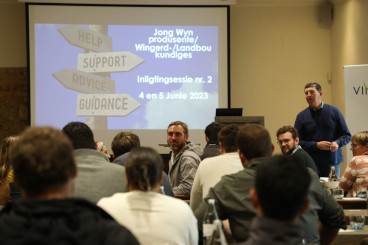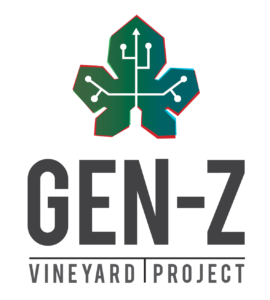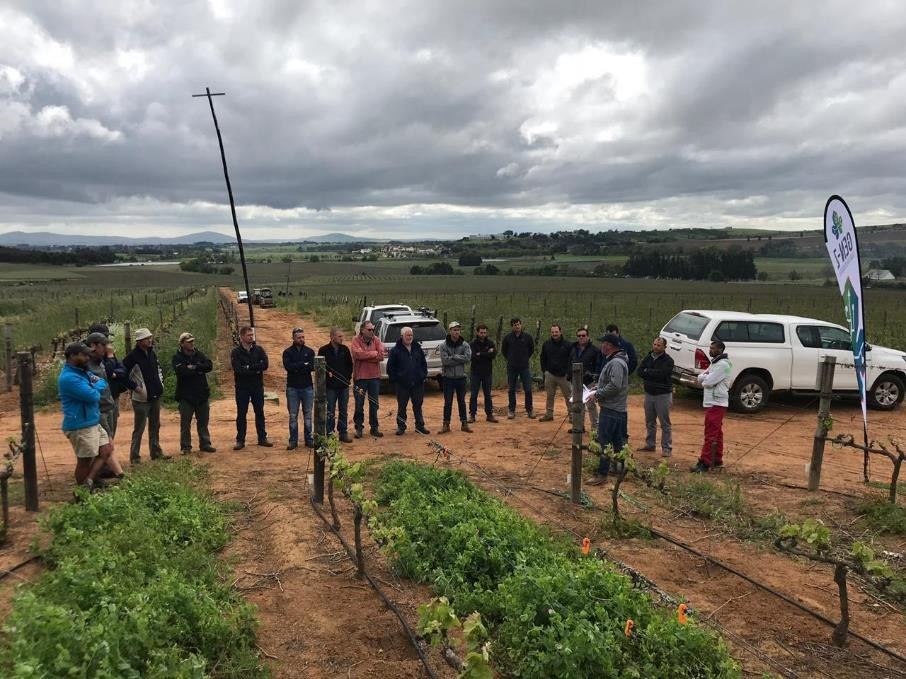Vinpro Hosts Second Session for Young Wine Producers

Vinpro Hosts Second Session for Young Wine Producers
by Vinpro (South Africa) Linkedin | June, 2024
Francois Viljoen, the GEN-Z Project Manager and Vineyard Consultant at Vinpro, who convened the event, explained that the purpose of the initial meeting was mainly to transfer information to equip the attendees with knowledge about the industry. Francois emphasised the importance of being well-informed, stating, “An informed industry can only bring benefits.”



